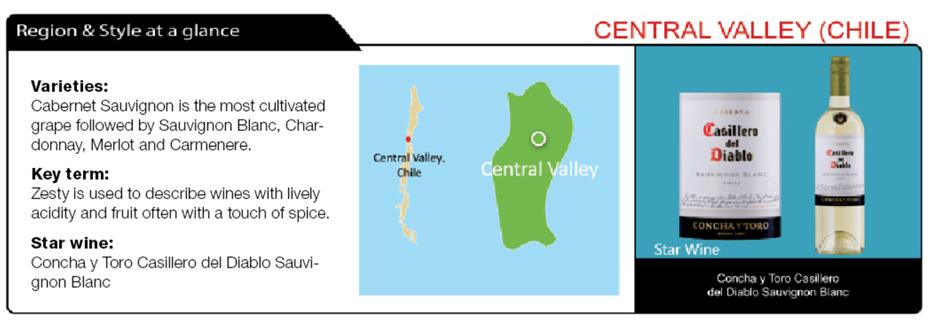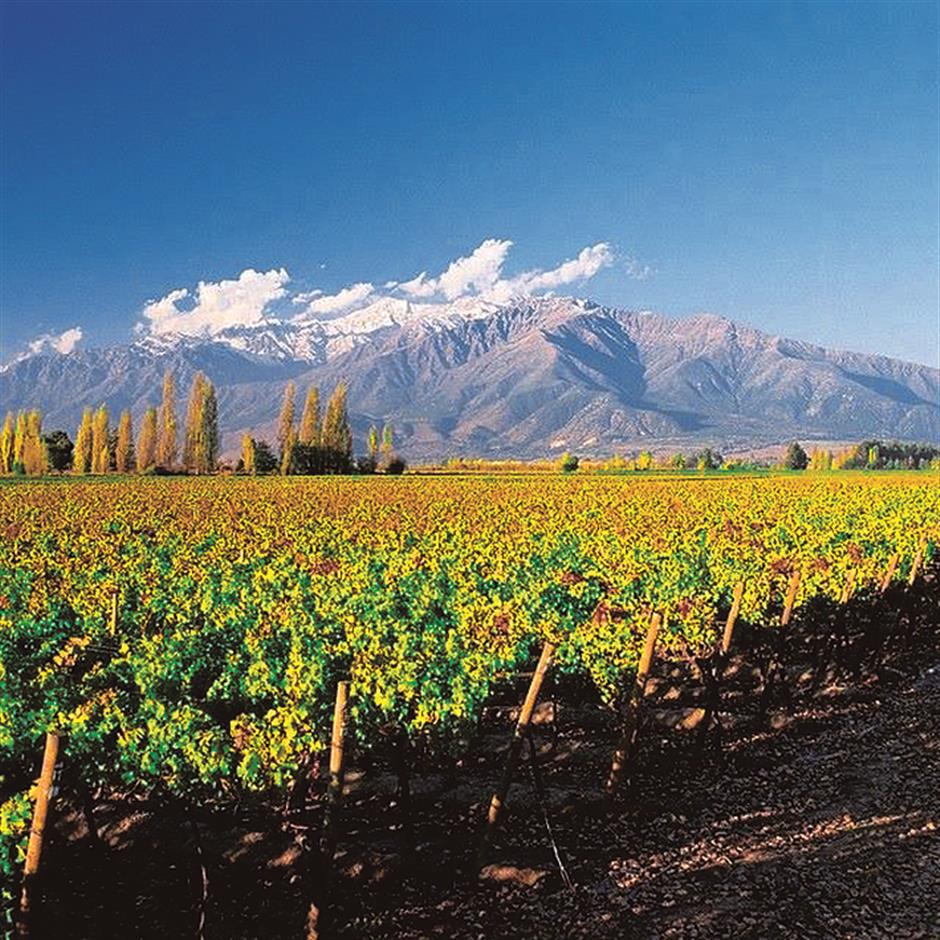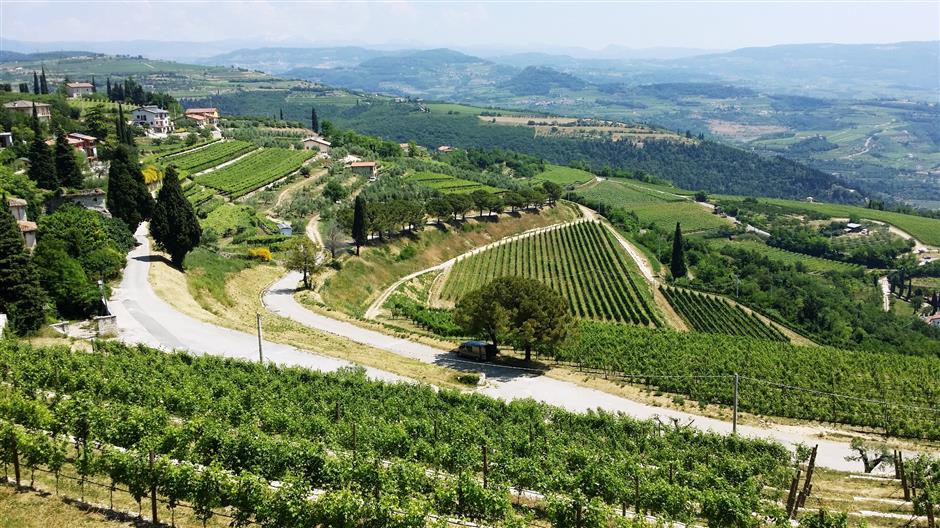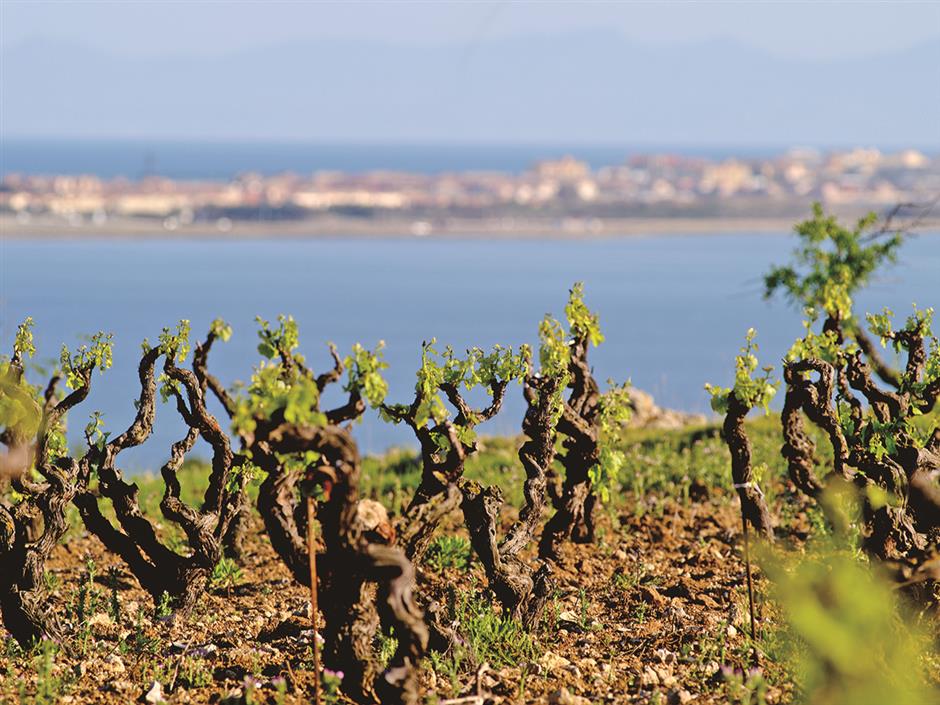Summary
First an admission, almost all my favorite sandwiches are loaded with fat and calories. Think pastrami and cheese, a classic over-stuffed Reuben or a triple-decker tuna salad, bacon, lettuce and tomato sandwich with extra mayo; all these beauties epitomize the pure hedonistic pleasure of over-the-top delicious and decidedly unhealthy sandwiches.
Naturally, these are best kept as occasional indulgences while we more frequently choose healthier sandwich options. This is especially important as we transition from winter to spring, a time when less clothing provides risks of exposing our winter excesses. Lighter eating, and dare I say, drinking is as natural as the changing seasons and like everything in life should be done with style and aplomb.
A healthy sandwich not so surprisingly starts with healthy bread. Whole grain, wheat and rye bread are great but baguette, bagel, sour dough and flat breads without sugar also nicely do the trick. Sure, everything tastes better with butter, but for health purposes we should forsake our favorite spread for healthier alternatives like extra virgin olive oil. Other flavor enhancing condiments and seasonings should be low in sodium and fats. Of course, the stuff in the middle plays a principle role in the healthiness and tastiness of a sandwich; therefore veggies, lean meats and fish are all good options.
Some surprisingly palatable healthy sandwiches include the classic English cucumber sandwich, chicken breast, lettuce and tomato sandwich and bagel and locks. Sticking an egg fried in a teaspoon or less of healthy extra virgin oil between bagel slices or other healthy bread is another fine choice. For big appetites, a slice or two of avocado provides greater substance to light sandwiches. A slice or two of Iberico ham stuffed in a baguette is another relatively healthy-yet-savory solution.
In all the aforementioned diet-friendly sandwiches, your best wine option is white. Lower in calories than higher-alcohol reds or sweet wines, light white wines with good acidity, mirror the fresh and wholesome qualities of healthy sandwiches while also making them taste better.
The health benefits of white wines have long been overlooked as resveratrol-rich red wines have traditionally received the most attention. White wine lovers, understandably, felt left out of this healthy wine craze, but over the past few years scientists and doctors are providing growing evidence that white wines may be just as healthy, albeit in different ways.
A study by the University of Connecticut School of Medicine found that the tyrosol and hydroxytyrosol antioxidants in white wines are molecularly similar to those in olive oil and have similar health benefits. A study by the University of Barcelona indicated that white and sparkling wines may well have greater anti-aging and weight loss properties than red wines.
Now that I've sold you on a springtime regime of healthy sandwiches and dry white wines, let's choose the optimal white wine style. Like our healthy springtime sandwiches, my wine pick of the week is light, bright and affordable.
Central Valley
The biggest wine region of Chile is Central Valley. In reality its an amalgamation of many regions. This expansive region stretches 400 kilometers from the Maipo Valley region just below Santiago to the southern border of the Maule Vally region.
Sauvignon Blanc is the most planted white variety and the best examples come from specific cooler climate of subregions like Casablanca, San Antonio Valley, Coastal Aconcagua, Colchagua Valley or Northern Limari. However, many eminently drinkable excellent value wines source grapes from several regions and are simply labeled Central Valley.
Situated between a long Atlantic Ocean coastline and the majestic Andes Mountains, the Central Valley boasts altitude and wind-aided cooling elements along with a range of porous soils. This is arid land and is blessed with pure mountain melt water that is used to drip irrigate the vines. This confluence of size and natural elements allow for the production of vast amounts of good value wines.
Stylistically, Central Valley Sauvignon Blanc wines are light to medium body wines with pronounced acidity and lively fruitiness. While not as outwardly exuberant as their counterparts in New Zealand, these wines often share some of the finesse of French Sauvignon Blanc wines while still retaining ripe New World fruit.
Some reserva level Sauvignon Blanc wines undergo moderate oak-aging but most are unbaked and exhibit a range of zesty lime, grapefruit, passion fruit, pineapple and apple aromas and flavors along with mineral and grassy notes and a bracingly dry finish.
In China, you're likely to find Chilean Sauvignon Blanc in a variety of venues. They're especially prevalent in hotel business floor lounges, airport lounges or on domestic flights. In these somewhat wine-restricted domaines, your choice is usually between an inexpensive French or Chilean red and a Central Valley Sauvignon Blanc. I almost always opt for the latter because unlike the reds, they seldom disappoint.
Recommended Chilean Sauvignon Blanc producers with wines available in Shanghai are Caliterra, Vina Chocalan, Miguel Torres and Concha y Toro under the Frontera and Casillero del Diablo labels. Whether pairing with a healthy spring sandwich or just enjoying as a preflight quencher, Chilean Sauvignon Blanc wines should always be served well-chilled or about six to eight degrees Celsius.

Where to buy
www.shanghai9.com
Concha y Toro Casillero del Diablo Sauvignon Blanc
Concha y Toro Frontera Central Valley Sauvignon Blanc
Caliterra Casablanca Sauvignon Blanc Reserva
www.everwines.com
Miguel Torres Central Valley Sauvignon Blanc





